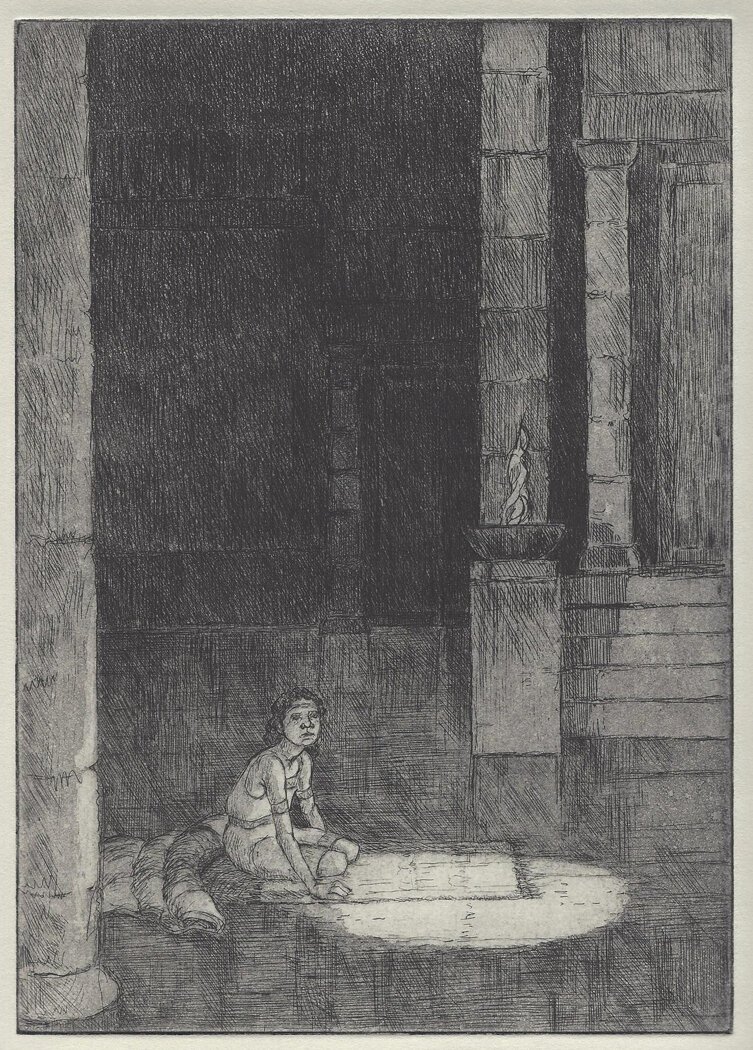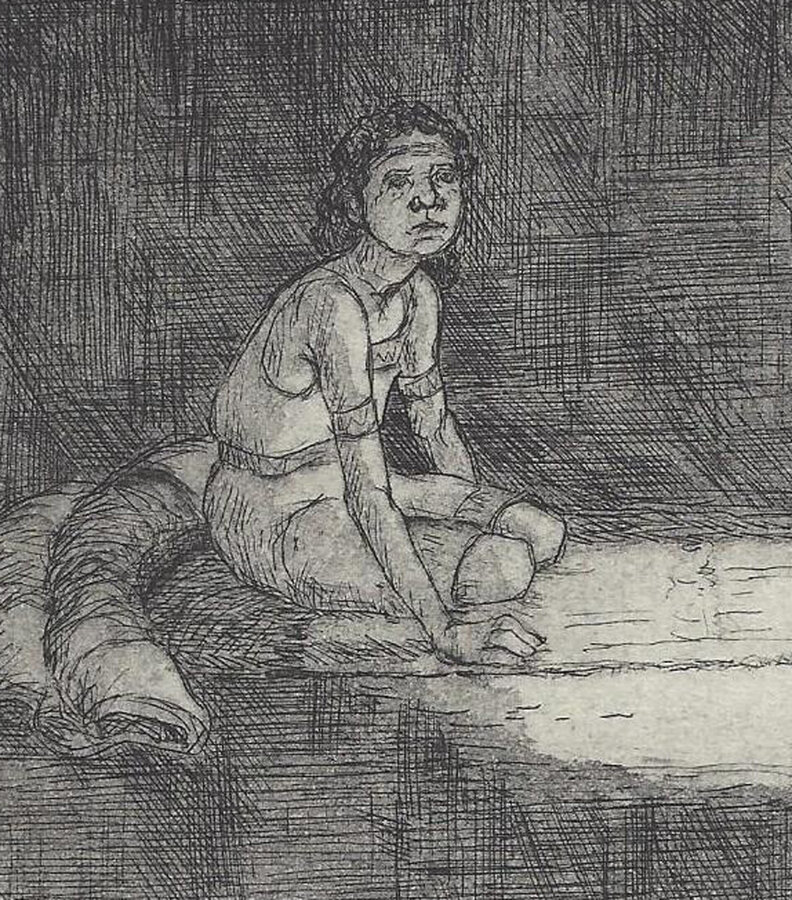This post is part of ARC’s Chronicles of Change and Hope series. This is a curated project for sharing stories, songs, prayers, poems, images, or insights that capture a moment of connection or new life. It is a place to share small acts of resistance or transformation you want others to know about. Rights remain with the contributors. To contribute to Chronicles, read more here.
Today’s contribution is a combination of an image and a reflection. The image comes to us from Margaret (Peggy) Adams Parker, who shares her work through our connection with the Society for the Arts in Religious and Theological Studies. The reflection is from Paul K.-K. Cho.
Peggy is an artist (a sculptor and printmaker) and Adjunct Instructor (in Religion and the Visual Arts) at Virginia Theological Seminary. Her commissioned sculptures include Mary as Prophet, for Virginia Theological Seminary, and Reconciliation, for Duke Divinity School. She is the author, with Katherine Sonderegger, of Praying the Stations of the Cross - Finding Hope in a Weary Land (Eerdmans, 2019) and, with Ellen F. Davis, of Who are you, my daughter? Reading Ruth through Image and Text (Westminster John Know, 2003) More about Peggy is available here.
Paul is Associate Professor of Hebrew Bible at Wesley Theological Seminary, Washington, D.C. He is the author of Myth, History, and Metaphor in the Hebrew Bible (Cambridge University Press, 2019), and his articles have been published in Biblical Interpretation, Catholic Biblical Quarterly, and Journal of Biblical Literature.
Speak, Lord, Your Servant is Listening
Etching with Aquatint, 10” x 7”


Reflecting on this image, Paul writes:
One Morning with the Boy Samuel in the Temple
Early one morning, an hour or two before the sun has risen, I find myself staring at an etching of the boy Samuel in the Temple. And a haunting feeling comes.
The Temple appears haunted by a presence. Whether that presence is in the darkened entrance in the background or the spotlight in the foreground, I cannot quite tell. Nor can I tell whether the presence is coming or going—coming to awaken the sleeping boy or leading him away.
The boy is sitting in the emptied space, which is aglow with a spectral presence. The voiceless call of the divine. He hesitates; he has been rudely awakened by the light that a moment ago had penetrated into his sleeping eyes. He retreats because he cannot yet quite see; but he is readying himself to step out into the light.
In light of the historical moment in which we now live—under the monumental failure of leadership (and did not Samuel appear on the scene after the failure of Israelite judges and amidst a crisis in the priesthood?), the ferocious and silent spread of disease, and the awakening of consciousnesses everywhere to the injustices in which we live—I feel, as perhaps many others feel, like this boy: having heard the call of the divine but not yet certain that it is the divine that has called, or how or to whom we must respond.
But the boy has heard; and the boy knows; and the boy will act. This gives me hope. This leaves me in fear and trembling.
For now the haunting presence shines into my study, and I am momentarily blinded.

